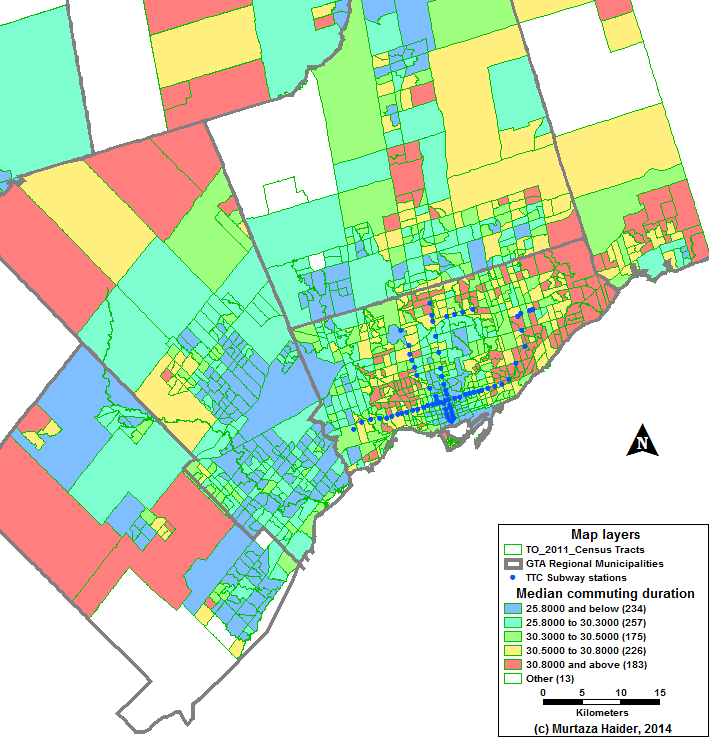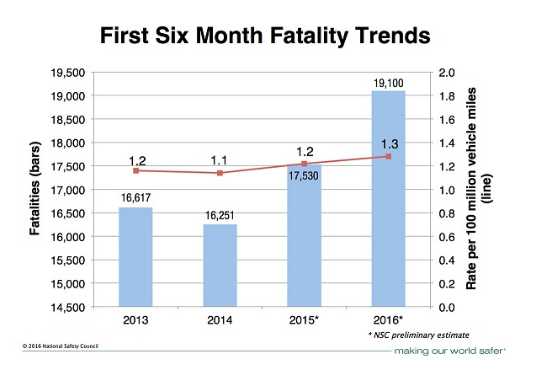lead82
Senior Member
Based on your formula, the family would save $1000 a month on mortgage payments. However they will likely need a second car, which is at least another $300-400 dollars a month plus the increased cost of commuting. There have been studies that show the costs are in fact similar if not higher to live in the suburbs. That doesn't include the value of time, which people in Canada seem to not value much. Commuting for 60-90 mins each way is a horrible waste of time. Living in a big house but not having the time to use it outside of weekends.
I much prefer the more sensible European approach to cities where people live in apartments close to work/school/services and have a country house or cottage outside the city for weekend visits or vacation.
The suburbs are an awful compromise. You're tightly packed in with little greenery or space between houses. You must drive everywhere. There are few things walking distance. The new yards are city size. Yet the huge space inside the house today is wasted with stuff not needed. It's not very sustainable to me.
I much prefer the more sensible European approach to cities where people live in apartments close to work/school/services and have a country house or cottage outside the city for weekend visits or vacation.
The suburbs are an awful compromise. You're tightly packed in with little greenery or space between houses. You must drive everywhere. There are few things walking distance. The new yards are city size. Yet the huge space inside the house today is wasted with stuff not needed. It's not very sustainable to me.
I think one of the problems is that moving out to suburbs is still more financially viable for the majority of people out there. Consider the difference between buying a home in Toronto for, say, $1M versus a house in the suburbs for $750k. Based on a 20% down payment, the $1M will set you back roughly $4,000/mth in mortgage payments versus the $750k house setting you back $3,000/mth, with all other home related costs being equal. That $1,000/month difference can still make sense despite the additional costs of commuting, car insurance, etc. One major downside, of course, is time. That said, a lot of people are still willing to de-value their personal time and trade that time for a bigger house in a quiet residential neighborhood.






